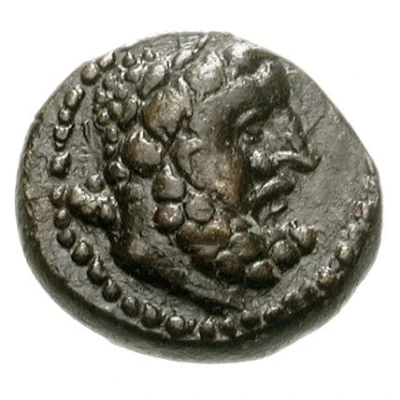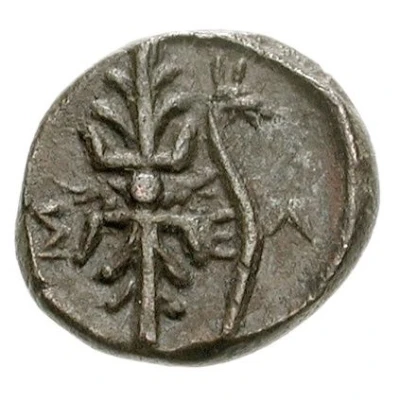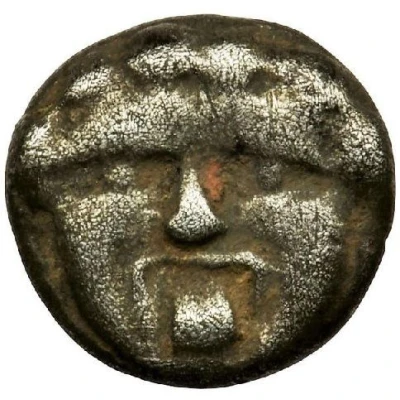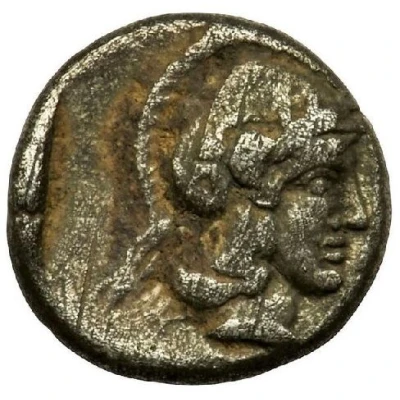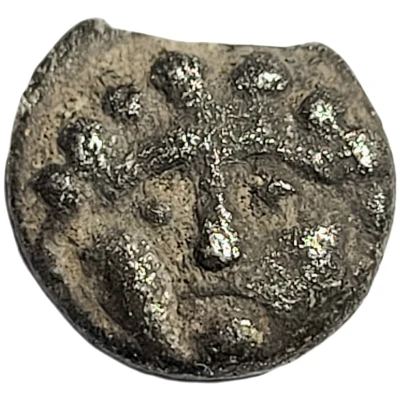
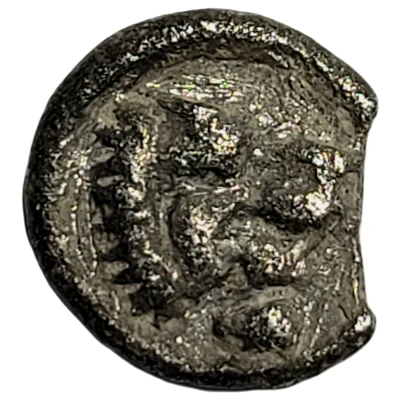

© mariogrrode
Hemiobol Pisidia 300 BC - 190 BC
| Silver | 0.45 g | 8 mm |
| Issuer | Selge (Pisidia) |
|---|---|
| Type | Standard circulation coin |
| Years | 300 BC - 190 BC |
| Value | Hemiobol (1⁄12) |
| Currency | Drachm |
| Composition | Silver |
| Weight | 0.45 g |
| Diameter | 8 mm |
| Shape | Round (irregular) |
| Technique | Hammered |
| Orientation | Variable alignment ↺ |
| Demonetized | Yes |
| Updated | 2024-10-10 |
| Numista | N#400773 |
|---|---|
| Rarity index | 92% |
Reverse
Head of Lion facing right with astragalos (knucklebone).
Interesting fact
One interesting fact about the Hemiobol Pisidia coin is that it features a unique blend of Greek and Persian influences in its design. The obverse side of the coin depicts a bearded king wearing a Persian-style crown, while the reverse side shows a Greek-style owl perched on a branch. This fusion of design elements reflects the cultural exchange and blending that occurred during the Hellenistic period, when Greek cities like Selge were under Persian rule.
